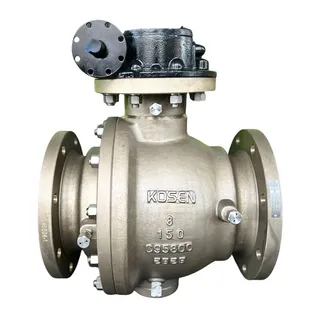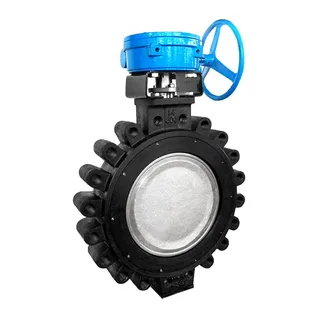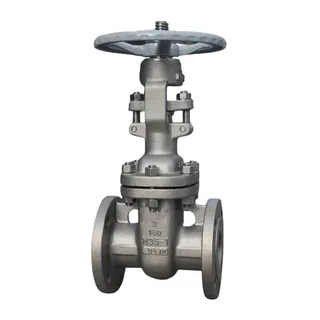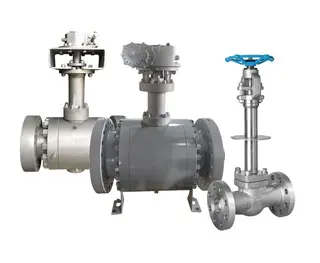
Cryogenic Valves: Technical Challenges and Sealing Keys

Sanitary Ball Valves: The Guardians of Food and Drug Safety
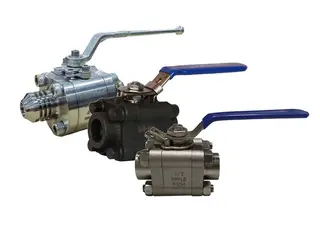
Forged Steel Ball Valves: Advantages, Structure & Principle
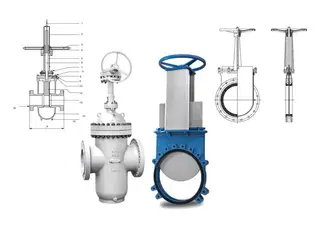
Comparison Between Slab Gate Valves and Knife Gate Valves
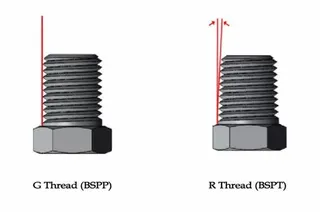
Overview of Pipe Threads: R and G Types
This article compares R (sealed) and G (unsealed) pipe threads, focusing on their design, sealing mechanisms, applications, and key differences. R threads, with a conical taper and built-in sealing features, are ideal for high-pressure and vibration-sensitive systems, utilizing materials like raw tape or sealants for a leak-proof seal. In contrast, G threads are cylindrical and depend on external sealing methods, such as gaskets, suitable for low-pressure applications. The article also highlights best practices for installation and sealing, regional sealing techniques, and the use of anaerobic adhesives to enhance sealing performance, helping to choose the appropriate thread type for specific applications.
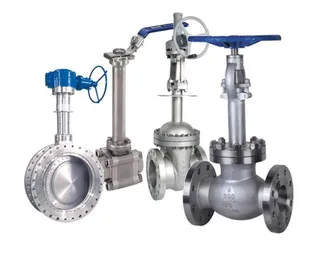
What's Cryogenic Valve: Design, Types and Performance
Cryogenic valves are essential components in industries handling fluids at extremely low temperatures, such as LNG, liquid nitrogen, liquid oxygen, and liquid hydrogen. These valves are critical for ensuring precise flow control and safety in sectors like energy, aerospace, and chemical processing. Designed to withstand temperatures as low as -196°C, cryogenic valves must address challenges like material brittleness, sealing integrity, and resistance to frost. Their design includes specialized materials, sealing mechanisms, and anti-frost features to ensure reliable operation. This article discusses the design, material selection, types, and applications of cryogenic valves, emphasizing their role in maintaining operational efficiency and safety in cryogenic systems.
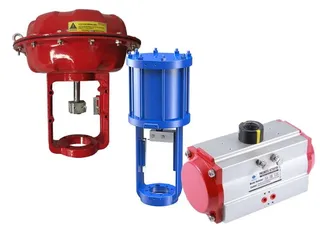
A Comprehensive Introduction to Pneumatic Actuators
Pneumatic actuators are vital components in industrial automation, widely utilized in fluid control, valve regulation, and process automation. These actuators convert compressed air into mechanical motion to regulate fluid flow and maintain operational efficiency. Pneumatic actuators are classified into single-acting and double-acting types, each offering distinct features suited for specific applications. Single-acting actuators provide simple, cost-effective solutions for automatic resetting, while double-acting actuators offer higher precision and flexibility for more demanding applications. This article explores the working principles, types, advantages, disadvantages, and maintenance of pneumatic actuators, providing a comprehensive understanding of their role in industrial systems.
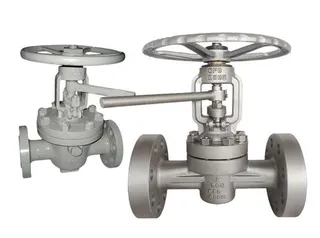
Lift Plug Valves: Structure, Types and Features
Lift plug valves are essential components in industrial fluid control systems, widely used in industries such as oil and gas, chemical, power, metallurgy, and environmental protection. These valves combine lifting and rotating actions to provide efficient fluid regulation, making them suitable for a variety of complex and demanding operational environments. This article examines the structure, functionality, and advantages of lift plug valves, with a focus on their sealing performance, double-seal design, pressure balancing, and fire-safe features. The discussion also highlights the benefits of metal hard-seal lift plug valves, such as their high temperature and pressure resistance, as well as ease of maintenance. Ultimately, lift plug valves play a crucial role in ensuring safe and reliable fluid control in modern industrial applications.
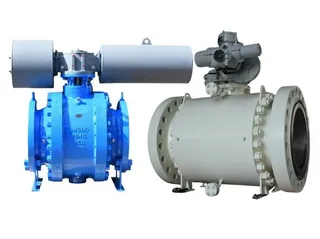
Comparative Analysis of Pneumatic and Electric Ball Valves
Ball valves are essential components in automated control systems, widely used in industries such as chemical, power, and petroleum for regulating fluid flow. The two main types, pneumatic and electric ball valves, differ primarily in their driving mechanisms, response speed, and applications. Pneumatic ball valves use compressed air, offering fast response times, high torque, and suitability for high-pressure, explosive environments. In contrast, electric ball valves rely on electricity for operation, providing precise control, high stability, and performance in environments lacking a stable air supply. This article compares the features, advantages, and disadvantages of both valve types, helping users select the most suitable option based on their specific operational needs, including speed, control precision, environmental factors, and safety requirements.
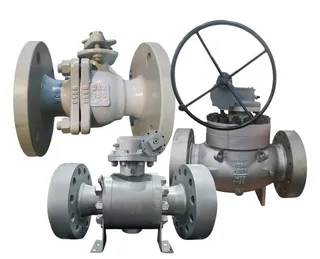
Reduced Bore Ball Valves: Features, Benefits and Uses
Reduced bore ball valves are specialized valves designed with a smaller internal flow path compared to the nominal pipeline size. These valves offer numerous benefits, including reduced pipeline load, lower flow resistance, and cost savings, making them ideal for low-flow, high-pressure, and space-constrained applications. By reducing flow resistance, these valves enhance system efficiency, ensuring optimal performance while reducing operational costs. While they are particularly suited for applications where fluid delivery is not high, careful consideration should be given to flow balance, filtration, and regulation performance. This article provides an in-depth look at the design, advantages, applications, durability, and usage considerations of reduced bore ball valves, offering valuable insights into their practical use in various pipeline systems.
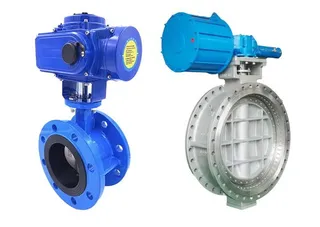
A Comparison of Soft Seal and Hard Seal Butterfly Valves
Butterfly valves, essential in industrial pipelines for fluid regulation and control, utilize either soft or hard sealing mechanisms, each offering distinct benefits for specific environments. Soft seal butterfly valves, with their combination of metal and elastic non-metallic materials, excel in low-pressure, room-temperature applications, providing excellent sealing performance but limited by wear, aging, and temperature resistance. On the other hand, hard seal butterfly valves, made from metal or hard materials, are better suited for high-temperature, high-pressure, and corrosive environments, offering superior wear resistance and a longer service life, although at the cost of slightly lower sealing performance. This article explores the structural differences, performance, advantages, and application scenarios of both valve types, providing guidance for selecting the appropriate butterfly valve based on temperature, pressure, medium characteristics, and sealing requirements.
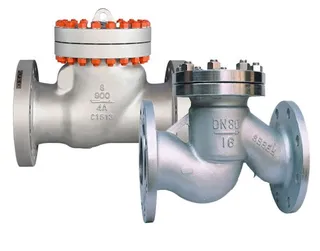
A Comprehensive Comparison of Swing and Lift Check Valve
Swing check valves and lift check valves are both designed to prevent backflow in pipeline systems, thereby protecting equipment such as pumps and pipelines. While both valves serve similar purposes, they differ significantly in their structure, operation, and suitable applications. Swing check valves feature a simple design, operate with low flow resistance, and are ideal for large-diameter pipelines with minimal flow rate variations. On the other hand, lift check valves offer stronger sealing performance and are best suited for high-pressure, low-flow systems requiring precise flow control. This article provides a comprehensive comparison of the two valve types, focusing on their working principles, structural features, and application areas, to help users select the most appropriate valve for their specific needs.
Total 44 Records, 12 records per page
